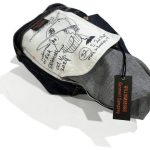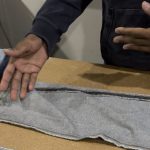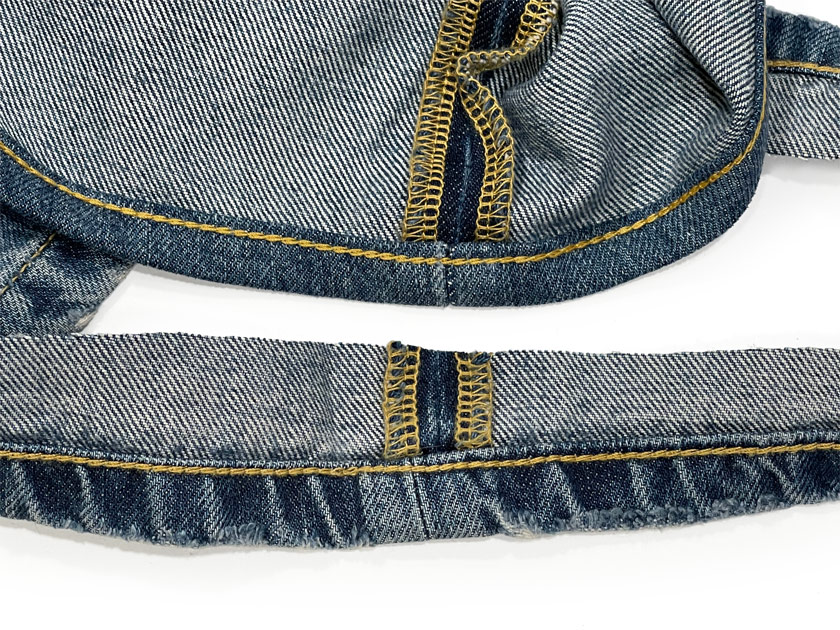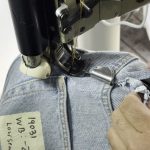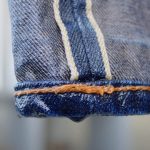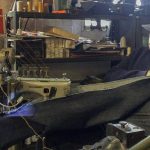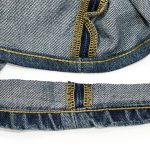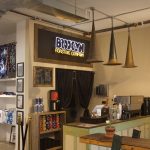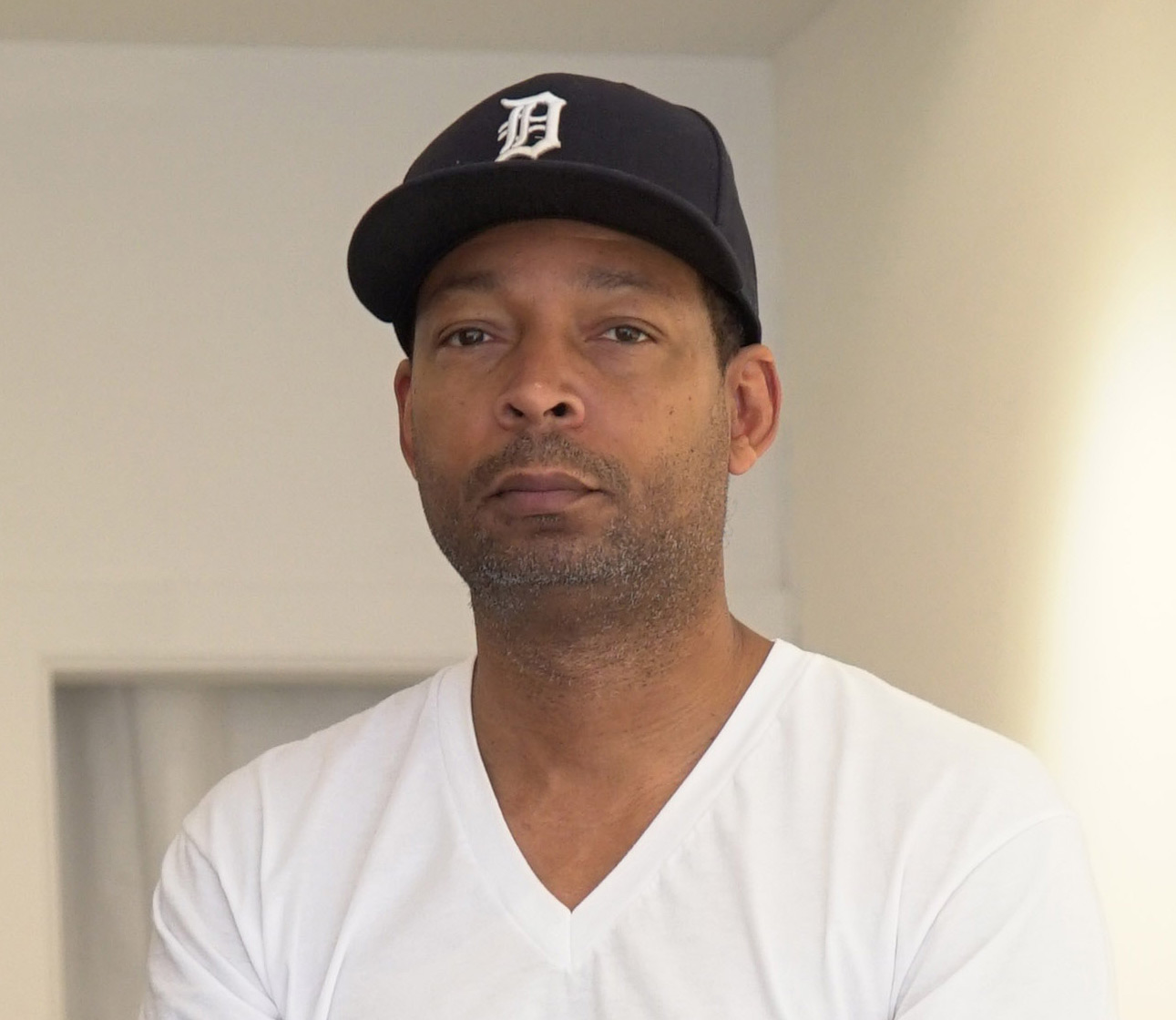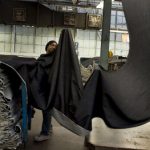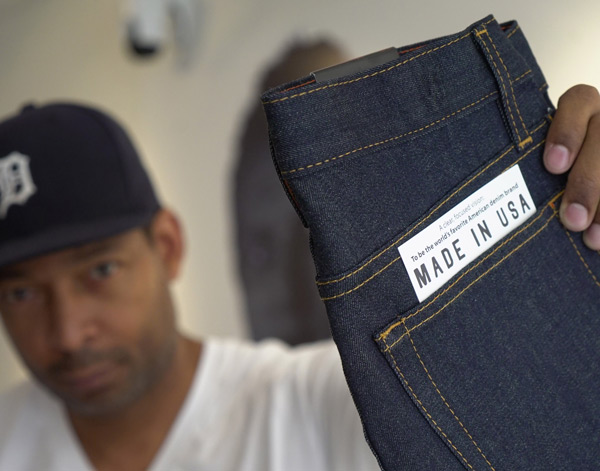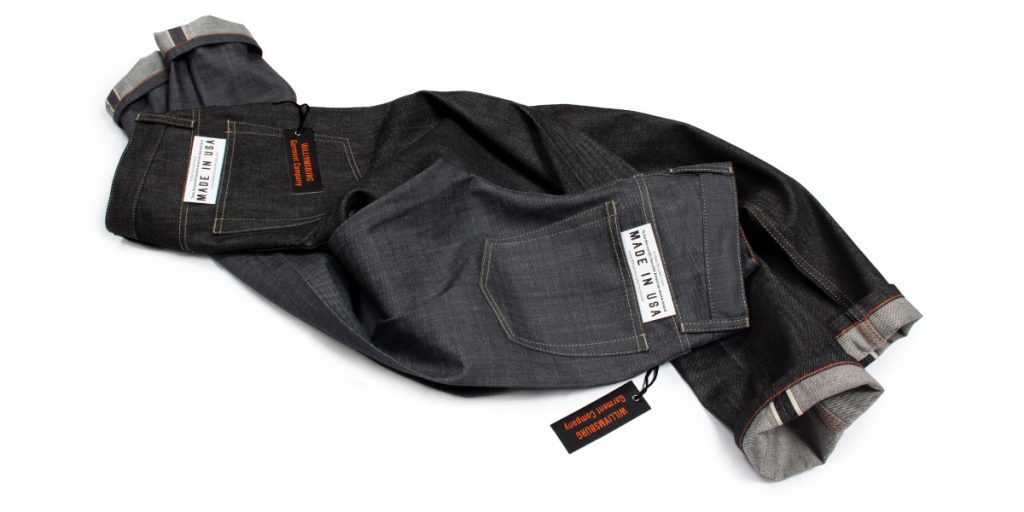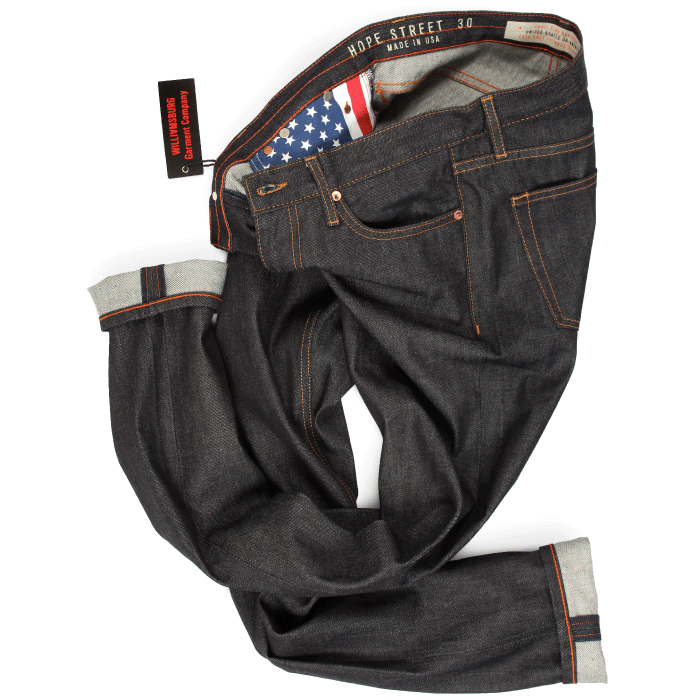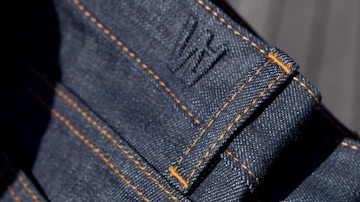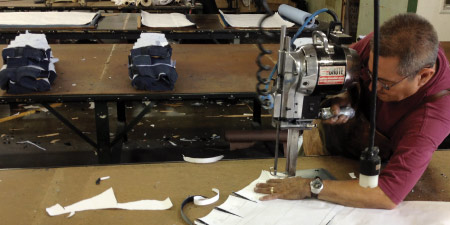
This video is a classic. Back in 2018, before we moved into our current location at 67 West Street in Greenpoint, Brooklyn, while working out of the back room inside Brooklyn Denim Co. in Williamsburg, Brooklyn, our intern Emoni Sheldon and I recorded this video to explain how to taper jeans professionally. With the plethora of DIY hack videos out there, I thought it was crucial to show the proper method. It’s been a hit ever since.
We’ve promised an updated, more detailed version is coming, but we’re always under time pressure to get customers’ jeans in and out the door quickly, so we rarely find time for social media posts or other instructional videos—though we’re looking to change that. This video demonstrates our process for tapering jeans with flat-felled inseams. There’s also a faster, simpler process for tapering jeans with overlocked inseam construction, and we promise to record it soon.
Since we recorded this video, we’ve perfected our process, tapering thousands of jeans from a multitude of brands, and we’ve learned what makes each brand different along with their trademark details and construction.
For now, this is still the best video out there if you want to see how it should be done correctly. Everything else is a workaround hack for doing it yourself on sewing machines that are not built for the task.

